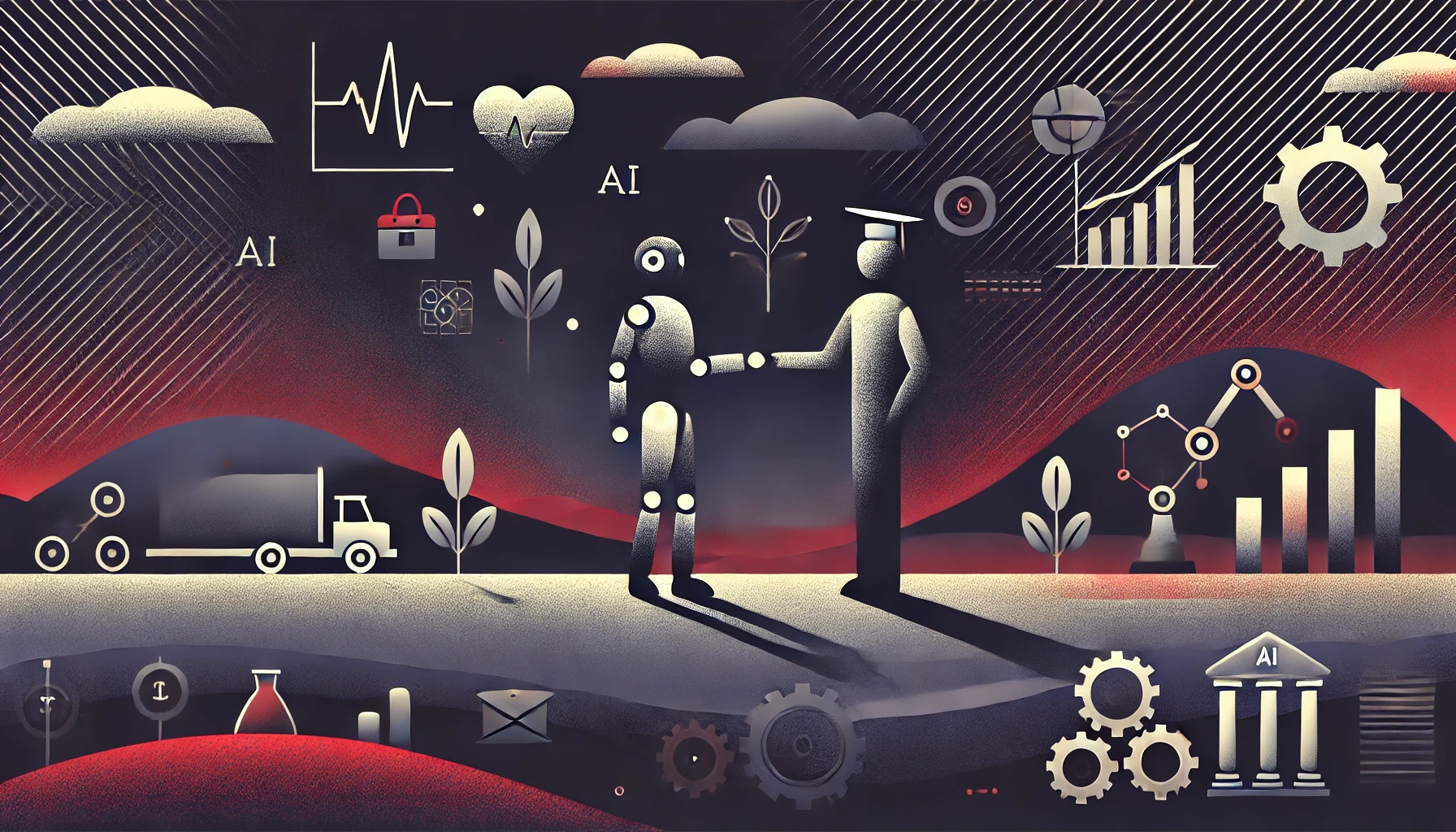
Adopted from Jeremy Johnson & Chuck Mallott visualization
THE PROBLEM
Today every company understands the importance of providing seamless user experience for their users to achieve their tasks. Now who owns most important part of the product? How do we craft great experience? Why do most of them fail to achieve what they want? Most of the companies have a UX team or a UX person who handles respective product experience. But is this team or the person responsible for the success or failure of product experience?
What does it really take to create a world class user experience.
THE MYTH AROUND US
These are some of the typical myths around how user experience should be handled.
• Product is not doing well, let’s get our UX team to revamp the entire product.
• Define the product strategy and then bring in the UX team to create a wow.
• C-Level folks think it’s the product head’s job, Product & Development heads think its UX team’s job to achieve
great UX.
• UX can be done in isolation, having a strong team with proven track record should solve the problem.
• Why do we need to give so much attention to detail and spend so many sprints only for UX? Can’t we achieve
• Are there any short cuts to get this revamp done in couple of sprints, as we have a hard stop?
• We don’t have an appropriate budget or resource, let’s get this done with what ever we have?
DEMYSTIFYING THE MYTH
As there are no shortcuts in life to success, similarly there are no shortcuts to achieve great UX. So how do we do it? Following are some of the obvious key factors that helps to craft a better UX.
DESIGN CULTURE
Design as a philosophy should be part of the DNA of any product company. This becomes a de-facto mantra for each and every individual who is involved in crafting their product UX. This makes life very comfortable for design
team to collaborate as the tone is already set. Designers need not spend time on educating and evangelising designs anymore, it should be an integral part of the company. This has to come from top down so that it becomes seamless.
This helps the decision making team to actually deep dive into the actual problem instead solving it on a very superficial level.
DESIGN DECISIONS
It’s all about involving the right people, at the right time, to make the right decision. All the product stakeholders need to be present during the entire UX journey to make sure the entire process is object oriented vs subjective. Similarly designers should be part of the product strategy decision from the beginning to avoid working on wrong problems. So if the decision makers are C-level people, then they have to be ready to get their hands dirty. Coming in later in the process would only surprise them and invite more discussions.
It’s not about the right solution, it’s all about solving the right problem. Hence the entire decision makers (C-Level, Product, Design, Development) should be on the same page on the problem statement.
THE DESIGN IS IN THE DETAILS
We need to have insane attention to details to achieve a world class experience. This is all about crafting, precision and play the devils advocate role for your own designs. There are no rooms for compromise at this stage. It’s all about execution and executing the right way. All the delight factors are hidden in details, hence it can’t be ignored.
ON A CLOSING, NOTE
At the end of the day it’s your baby. You need to nurture it with at-most care. Decision makers have to spend quality time to groom their product at the early stage, like a parent. Design teams are more like teachers who can guide this journey.







